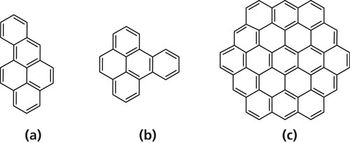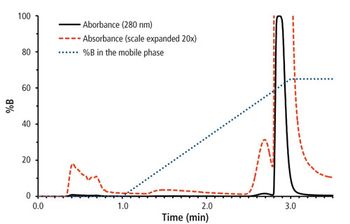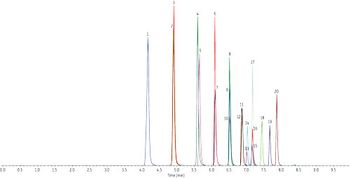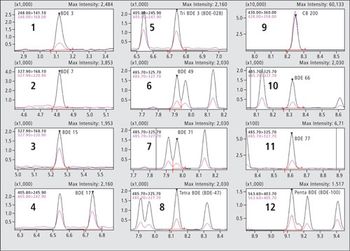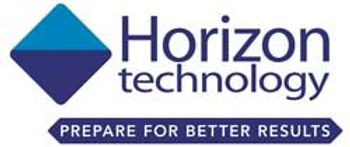
Special Issues
Simultaneous, enantiomer-specific identification of chiral molecules in multi-component mixtures is extremely challenging. Many established techniques for single-component analysis fail to provide selectivity in multi-component mixtures and lack sensitivity for dilute samples. Mass spectrometry is chirally blind, and so cannot directly distinguish the two enantiomers of chiral molecules. Here we discuss how enantiomers may be differentiated by Mass Spectrometry correlated with PhotoElectron Circular Dichroism (MS-PECD) using an electron–ion coincidence imaging spectrometer. Following an ionizing circular polarized laser pulse, ions and electrons are detected in coincidence on their respective time- and position sensitive detectors. The MS-PECD asymmetry measured on electrons tagged by the mass of their corresponding parent ion directly reveals that the compound with identified mass is chiral without the need for any prior enantiomeric separation or enantiomer-selective complexation. MS-PECD enables direct enantiomeric excess measurement of multi-component chiral samples in a table-top mass spectrometer.


